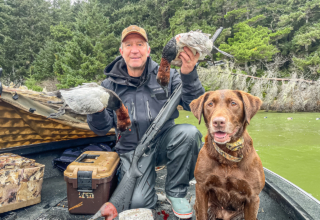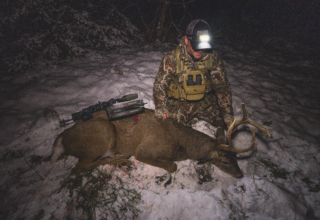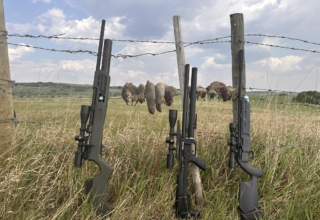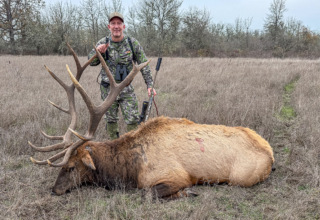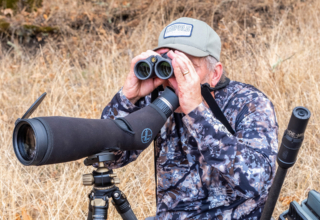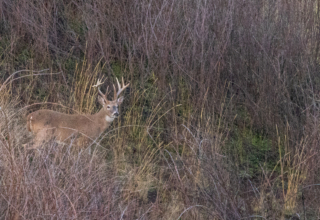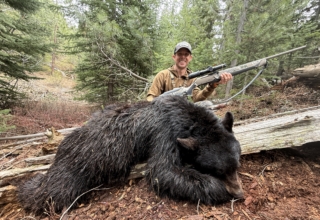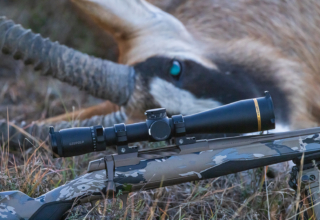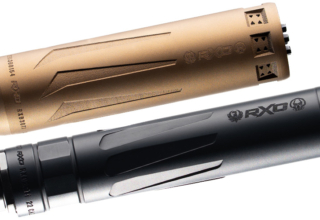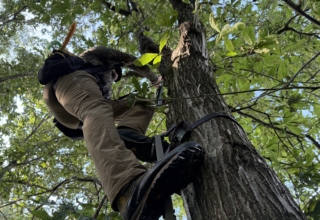Scott Haugen has spent more time afield than most, and November is one of his favorite months. Whether hunting the pre-rut, rut, or post-rut, heed Haugen’s advice for dominating the West during November.
by Scott Haugen
Today marks my 17th day of chasing Columbia blacktail deer in my home state of Oregon. I’m on to a giant buck I’ve seen four times in three years in the big timbered mountains of the Cascade Range. I’ve seen 18 bucks this season. Two I probably should have shot. They were big.
But in November, anything can happen at any moment. This is what keeps many of us going. We’re just looking for one opportunity. November marks some of the best deer hunting in the country, especially throughout the West. Understanding why hunting can be so good and being prepared to stay afield from daylight to dark is key to success, no matter what state you’re hunting in or what deer you’re targeting.
Own The Pre-Rut
Be it blacktails, whitetails, or mule deer, the pre-rut is considered the time in early November when an increasing number of bucks become visible. The pre-rut is separate from the peak of the rut, where actual breeding takes place.
What makes the pre-rut so unique is that bucks are on the move. Their goal is to learn which does are in the area and what bucks they will be competing with for breeding rights. To gauge the breeding potential and competition, bucks have to cover ground. As a result, they become more visible.

Trail cameras reveal much about buck movement, especially ones that remain nocturnal. Nothing is more humbling than dismissing an area as void of bucks, only to hang trail cameras and discover how many are actually there. If you want to learn what bucks are in an area, hang trail cameras in the pre-rut.
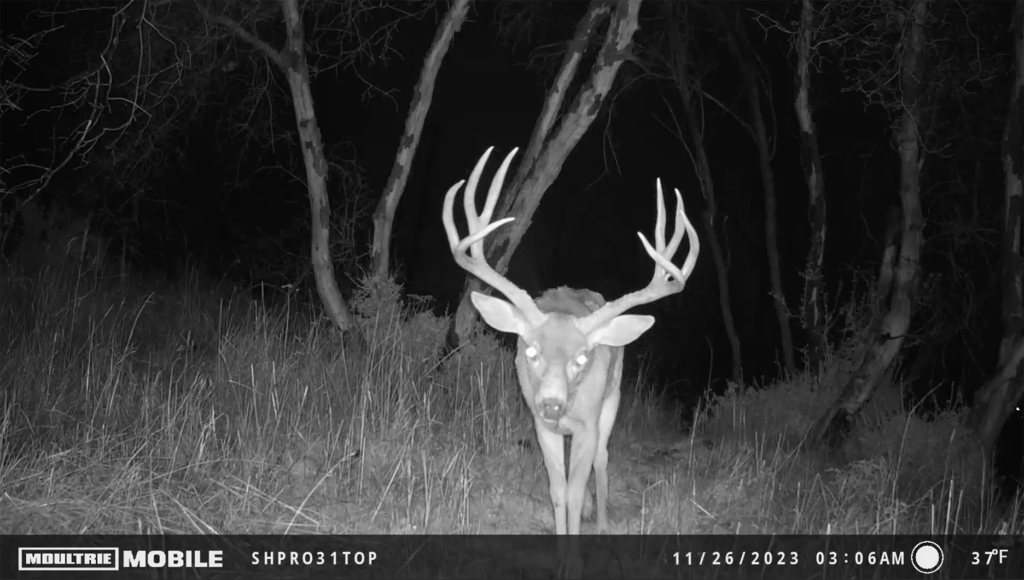
I run trail cameras all year long for deer. Moultrie Mobile trail cameras are my cellular cameras of choice. When I don’t have cell coverage or using cell cams is taboo, I go with Stealth Cam DS4Ks. Set on video mode, trail cameras reveal valuable information all year, especially in November, as the rut busts wide open.
During the pre-rut, hunters usually devote the first and last few hours of the day to being afield. But in the pre-rut, heightened testosterone levels in a buck force it to be more active, meaning the buck can be anywhere, anytime.
Whether hunting with a rifle, bow, or muzzleloader, early November is the time to dedicate yourself to being afield all day long. This is because bucks are covering more ground now than during the peak of the rut when their movements become more isolated around known doe populations and does in heat. Many giant bucks get killed in the middle of the day during the pre-rut.
Seeking out does, covering travel corridors between drainages, glassing flats and horizontal ridge lines, and paying attention to deer sign are all key to filling a buck tag in the pre-rut. Watch for fresh rubs and scrapes and spend time locating does. If does are around, bucks won’t be far.
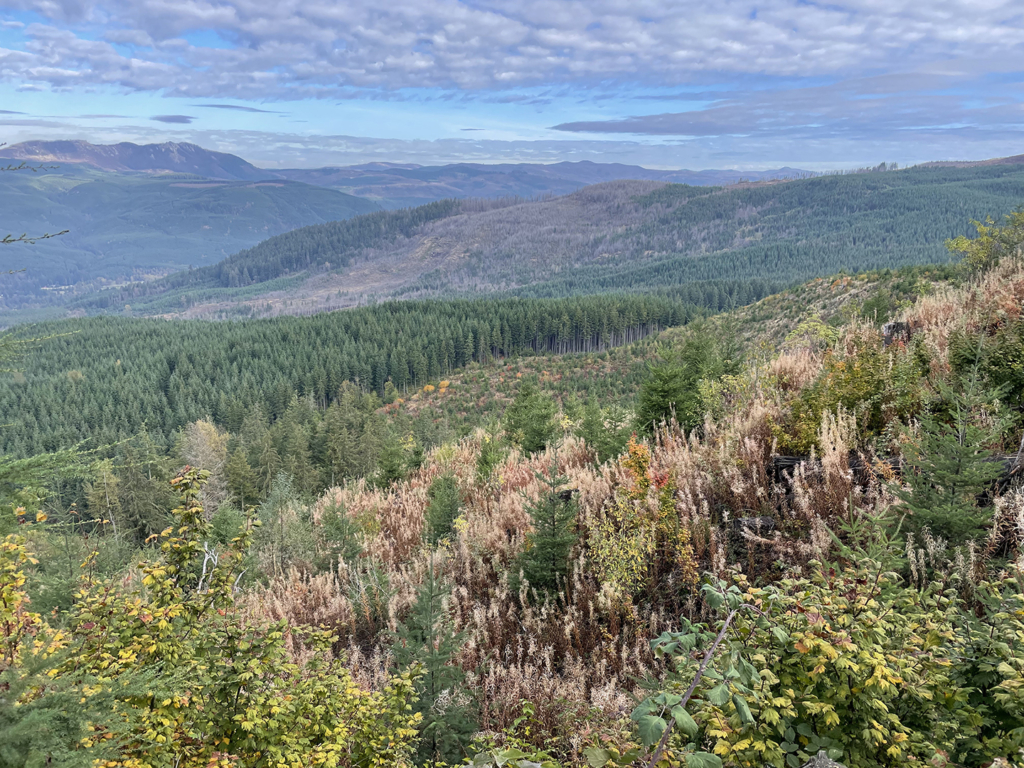
The pre-rut is an excellent time to cover ground, searching for bucks on the move. Calling and rattling can be productive as the urge for bucks to prove their dominance is beginning to grow. Glassing, covering the ground with your eyes, not your feet, is also efficient and productive.
Hit The Rut
Generally, the peak of the deer rut out West is around November 10. But the date is flexible. Over the decades, I’ve observed does being bred in mid-October, early December, and every week between.
I believe the deer rut out West—especially for less visible blacktails and whitetails—isn’t as well understood as we might think. Does usually enter a period of estrus once every 28 days during the breeding season and will be in heat for about 24-30 hours. If missed being bred, they’ll enter another cycle. Because deer are not herd animals, their breeding doesn’t follow tight timelines. This means the actual breeding can occur anytime from late October into December.
When hunting areas during the peak of the rut, stay out all day, no matter the conditions. Bucks can be active all day during the rut, and you don’t want to miss an opportunity. The bucks are seeking that short, prime window of breeding opportunity, and with competition mounting to breed a single doe, multiple bucks can converge in one spot.
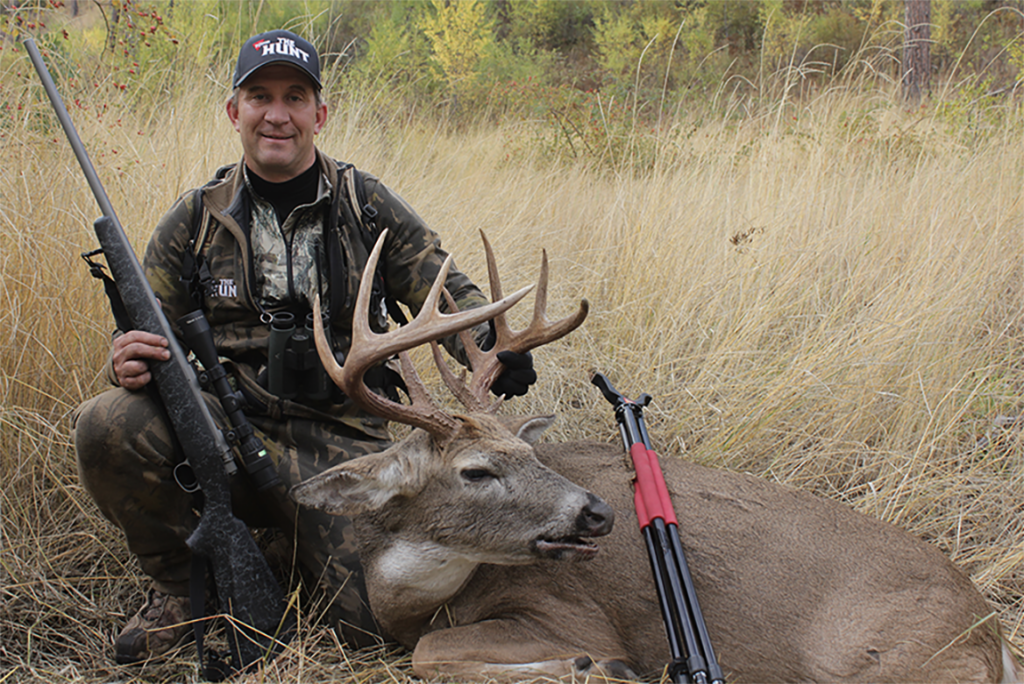
One thing I’ve observed is when the peak of the rut commences, buck movement isn’t what it was during the pre-rut. Pre-rut is a time for bucks to learn what does and bucks are out there. This requires bucks to cover ground. Peak rut is a time to breed, and these acts occur in specific places. Once a doe comes into estrous, a buck might stick with it for the entire time, covering very little ground. This is why it’s essential to know where pockets of does are and concentrate hunting efforts around them during the peak of the rut.
Rattling and calling can be effective during the peak of the rut, especially when it comes to targeting big bucks. While I’ve had better success rattling and calling during the pre- and post-rut timeframes, peak rut rattling has produced.
Setting up on the fringes of known doe populations and along trails are good places to rattle and call from during the peak of the rut. Muleys can be called in, too. Often, though, the sequence has to start closer to them than it does with whitetails and blacktails.
The Post-Rut
By the third week in November, the peak of the rut is generally winding down throughout the West. However, the last week of November is a favorite time for many serious hunters to fill buck tags. At this time, the biggest of bucks typically go into seclusion, licking wounds suffered during fights at the peak of the rut.
With winter in full swing, I’m convinced that most older, wiser bucks focus on recovering from the rut and putting on weight, not breeding. This means they retreat to core areas or wintering grounds, where movement is limited. For other bucks, this equates to an opportunity to breed coming into a late-season estrus cycle.
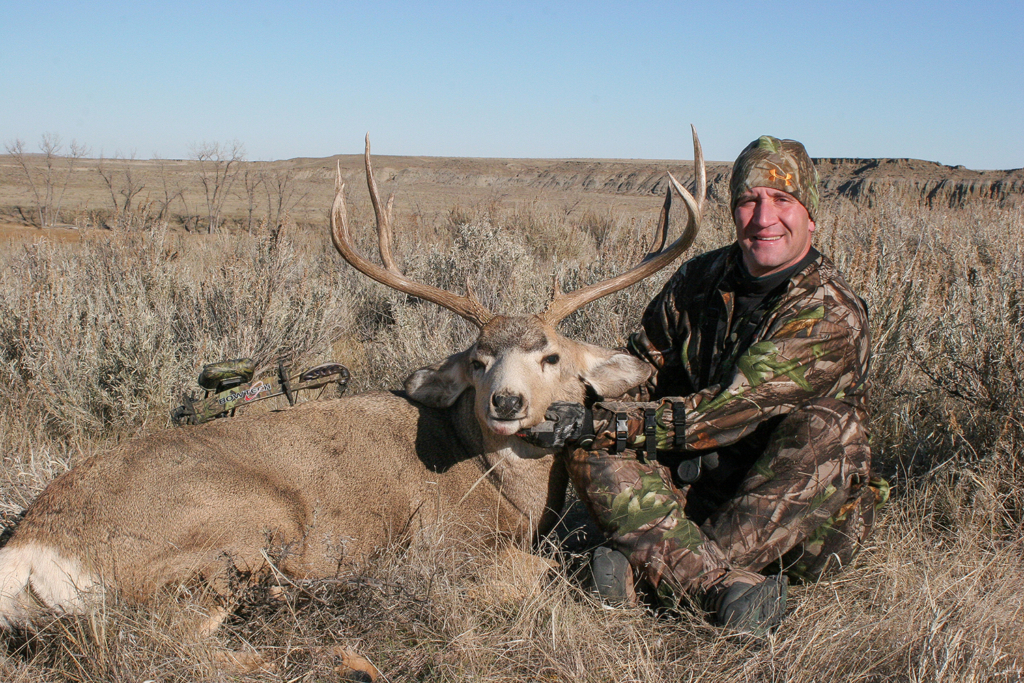
This is prime time to score on aggressive, younger bucks because big, dominant bucks are often out of the picture on post-rut hunts. Mind you, some monsters hit the dirt in late November, but the ratio of giant bucks to average bucks is typically lower than in mid-November in many places throughout the West.
During the post-rut period, younger bucks, 3-5 years of age, are generally in better physical condition to cover ground than older bucks, so they continue fighting and breeding. This means they can be aggressive in searching out receptive does, even fighting for the right to breed them.
Of all the rut timeframes, I’ve rattled in, called, and taken more mature bucks during the last 10 days of November than any other time. This is an excellent time to be aggressive as a hunter, glassing, covering ground, calling, and rattling all day. Decoys can be beneficial, too.
Bucks focus on finding the select few does that enter into a late estrus cycle, so they cover ground. They don’t stick with a pod of does like during the peak of the rut, waiting for them to come into heat. Instead, they track does and detect their hormone levels. If a doe is in heat, they’ll breed; if not, the buck moves on. Hunters willing to be aggressive and cover ground will increase shot opportunities.
Be Prepared
The biggest key to taking mature bucks in November is being afield all day, no matter the conditions. Whether hunting amid driving rains in the Pacific Northwest for blacktails, high elevations in sub-zero temperatures for whitetails, or facing snow and incessant winds for desert mule deer, being prepared to safely and comfortably be afield all day is essential.
Start with water and food. Though it’s cold, dehydration can be a setback suffered by late season hunters. Put your water in a backpack filtration system with a drinking straw. You’ll be surprised at how much water you drink on cold days. If it’s freezing, pack the bladder around some clothes. Between the added warmth and continued movement, the water will not freeze.
Be sure to take enough food and high-energy snacks, too. These are the shortest daylight hours of the year to hunt. Don’t leave the hunting grounds to get a hot meal.
Being comfortable is a must in order to keep hunting all day. In addition to a small first aid kit, flashlights, and a space blanket, dress accordingly. To determine what clothes to wear, thoroughly research the area, and monitor the weather conditions you’ll be hunting in.
Early in November, temperatures can vary, meaning you may dress for 40 degrees one day and 0 the next. If you are actively covering ground, dress in layers. If you are sitting in a stand, dressing warm from head to toe is important. Know that rain gear not only keeps you dry but is also a good insulator.
By mid-month, cold temperatures are the norm, and serious storms can erupt. For these conditions, heated clothes are a good investment, especially if hunting stationery from a blind or stand.
If hunting from a ground blind, try carpeting the floor. Not only will this keep the blind quiet, but it will help insulate it. Put a little heater in the blind, and you’ll be hunting in comfort all day.
For guns used on cold-weather hunts, tape the end of the barrel when in heavy rains and snow. Use hard scope covers rather than neoprene ones that can cause fogging, and consider graphite lubricant over liquid-based ones in icy conditions.
All that’s left to fill a prized deer tag this winter is to get afield and be willing to work patiently. With only a few days left in my deer season, I’m hitting it hard every day, hoping for just one crack at the monster buck that’s been eluding me.
Note: For copies of Scott Haugen’s popular DVD, Field Dressing, Skinning & Caping Big Game, as well as Trophy Blacktails: The Science Of The Hunt, visit scotthaugen.com.


